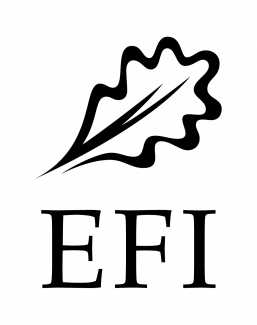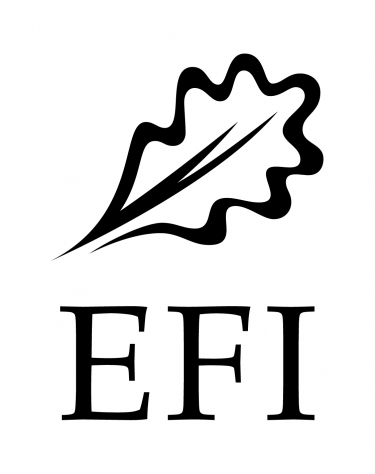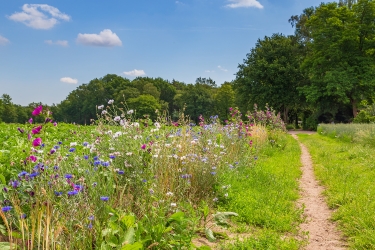From Nature Restoration to National Restoration Plans

Our ThinkForest webinar on 4 November took an in-depth look at the topic of nature restoration with a focus on forests, asking what support can the latest science offer?
Elisabeth Schatzdorfer, Principal Scientist at EFI presented some of the lessons learned from the SUPERB Horizon 2020 project, building on its multidisciplinary scientific and practical findings, including those from 12 large-scale demonstration sites across Europe.
There are many objectives for forest restoration – including restoring or improving biodiversity, resilience, forest products and services. Research shows a majority of the European public supports forest restoration; however, it is important to note that restoration can’t fulfil every objective at the same time. There are always trade-offs and space must be left for compromises.
Guided by the idea of transformative change rather than disruption and immediate change, SUPERB used a toolbox of restoration measures in its diverse demo areas in cooperation with stakeholders to test and showcase how restoration can be done to the benefit of nature and people. To be effective and sustainable, measures need to be adapted to the local context and synergies and trade-offs need to also be considered. Elisabeth emphasised that there is no silver bullet for optimising restoration – we need to be careful with the idea that if we restore biodiversity all other problems are automatically solved too. In addition, there is not a universally agreed endpoint for restoration – we need to take a holistic, forward-looking and adaptive approach, fully involving stakeholders.
A thoughtful panel discussion highlighted some of the challenges and opportunities for integrating the latest science into the design of National Restoration Plans (NRPs). These must be submitted by each EU Member State by 1 September 2026, under the EU Nature Restoration Regulation.
Łukasz Rejt from the Polish Ministry of Climate and Environment emphasised the importance of transmitting scientific knowledge from projects to policymakers and government experts. The project findings and proposed measures should be understandable for policymakers and accessible in local languages, to enable the knowledge to make its way into the NRP.
Jenni Roche from the National Parks and Wildlife Service, Ireland, pointed out that this communication should be two-way. Individual Member States have their own very specific needs and diverse contexts – so it is important for researchers and projects to be clear about the applicability of their findings.
Florian Claeys from DG Environment also highlighted that there is not a single blueprint for restoration – it is dynamic, evolving continuously through experience. The latest science should be at the core of this evolution. Research would also be extremely important on monitoring methods.
The panel also focused on engagement, and the participation of local communities in the process, which was seen as one of the keys to success.
Katarina Tumpa from the Ministry of Agriculture, Forestry and Fisheries, Croatia highlighted the need for education – to encourage people from all areas of the country (not just big cities) to participate, and to help them develop an understanding of the trade-offs. Education can help to show that different local communities can see the forest from very different points of view, and encourage people to accept different perspectives. The panel also highlighted the importance of engaging widely, for example via online questionnaires, conferences and public hearings.
Summing up, the panel recommended:
- Knowledge and dialogue, to bring the best solutions
- Thinking big – aiming for large scale and looking for multiple benefits across measures and policies
- When working on national restoration plans also thinking regionally – your forest is your neighbour’s forest
- Not being afraid of the Nature Restoration Regulation – it provides a chance to reinvent our relationship with nature


